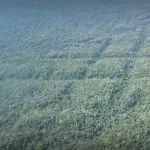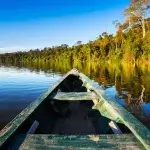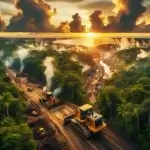The ‘dark earth’ revealing the Amazon’s secrets
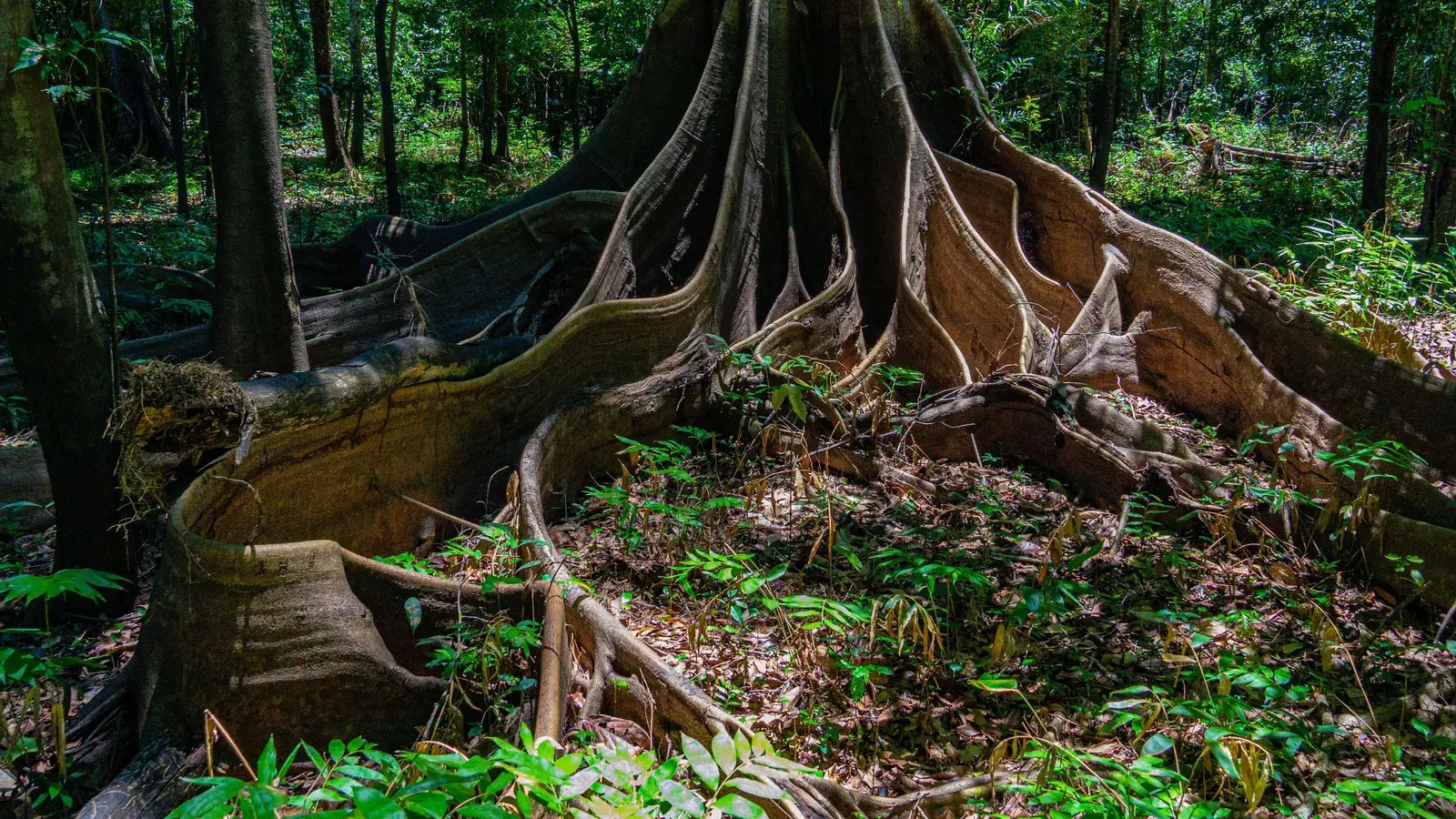
Amid the discovery of a lost city in the Amazon rainforest, scientists are uncovering a different kind of relic underground – one that’s still being used today.
Deep within the Amazon, Mark Robinson was up to his knees in buried treasure.
Together with an international team of scientists, Robinson was on an expedition to a remote patch of forest in Iténez, northwest Bolivia, close to the border with Brazil. Getting there had not been easy. To avoid a 10-hour boat ride, they took a hair-raising flight to the nearest village, Versalles, where the plane had to circle back over a grass runway to avoid landing on a herd of grazing animals. Then came a long trek through thick rainforest, navigating over gnarled roots and past marauding armies of ants. “It’s hot, it’s humid, you’re getting bitten constantly,” says Robinson, a senior lecturer in archaeology at the University of Exeter.
The journey, however, was worth it. The researchers had an important mission: they were searching for “Amazonian dark earth” (ADE), sometimes known as “black gold” or terra preta.
This layer of charcoal-black soil, which can be up to3.8m (12.5ft) thick, isfound in patches across the Amazon basin. It is intensely fertile – rich in decaying organic matter and nutrients essential for growing crops, such asnitrogen, potassium and phosphorus. But unlike the thin, sandy soils typical of the rainforest, this layer was not deposited naturally – it was the work of ancient humans.
This rich soil is a relic from a very different time – an era when indigenous groups formed a thriving network of settlements across this rainforest world.
In January 2024, scientists announced the rediscovery of a long-vanished “garden” city. Hidden beneath the foliage of the rainforest in Ecuador’s Upano valley wasa 2,000 year-old urban centre, complete with plazas, streets and ceremonial platforms. (Read more from BBC News aboutthe lost city found in the Amazon.) The discovery has raised questions about whether there may be other ancient settlements concealed in the Amazon. And this is where ADE comes in.
It’s thought that the garden city could only support so many people because of the region’s fertile volcanic soil. But elsewhere in the Amazon, indigenous communities relied on ADE to improve the productivity of their land. Now there’s growing interest in the lessons their methods may hold for societies today, from improving crop yields to beating climate change.
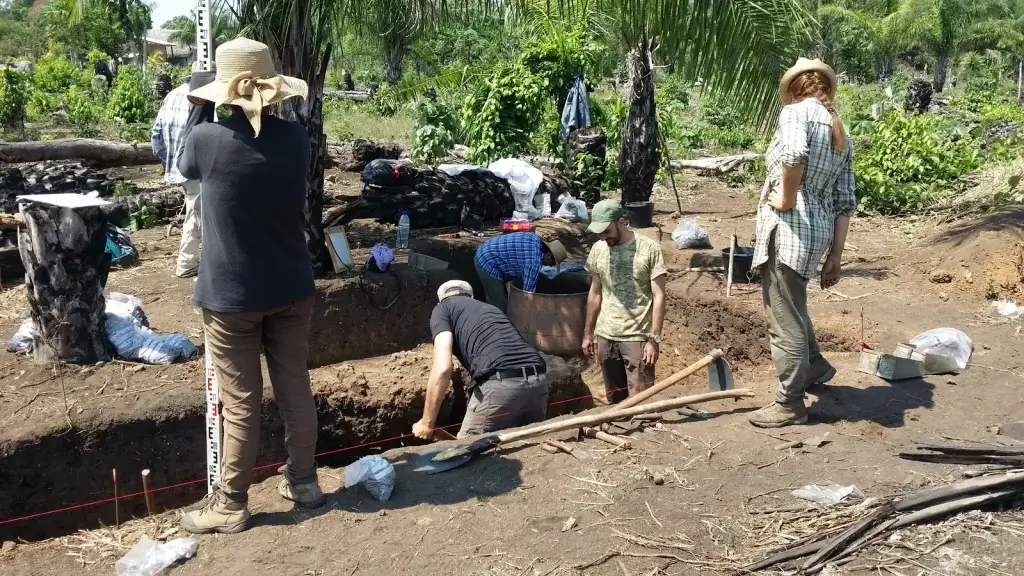
A hidden influence
Surrounded by the smells and sounds of the rainforest at Versalles, in the remoteness of the Amazon, Robinson says it would be tempting to think that you’re in a pristine wilderness. But this is not the case.
“The more we find out, [it becomes clear that] it’s not necessarily primary forest,” says Robinson. “Everywhere we look, although it seems like a really arduous trip to us, and that we’re in the most remote place, we just find evidence of past communities everywhere.”
In 2017, research revealed thatdomesticated treesare five times more likely to be dominant in the Amazon than non-domesticated ones – with more appearing the closer you get to ancient settlements. Though today many of the Amazon’s indigenous communities have vanished, wiped out by Western colonists and the diseases they carried, their farming practices continue to shape the rainforest.
Another crucial element of this hidden influence is ADE, which is widespread. “This is the fascinating thing – it really is pan-Amazonian, we are finding it everywhere,” says Robinson.
Thisprecious layercontains a potentblend of inorganic material, including ash, pottery, bone and shells, together with organic matter such as food scraps, manure, and urine. It’s simultaneously a treasure trove of ancient rubbish that’s extremely exciting to archaeologists like Robinson, and a functional part of the Amazonian soil – one that continues to enrich the rainforest and allow indigenous communities to farm there today.
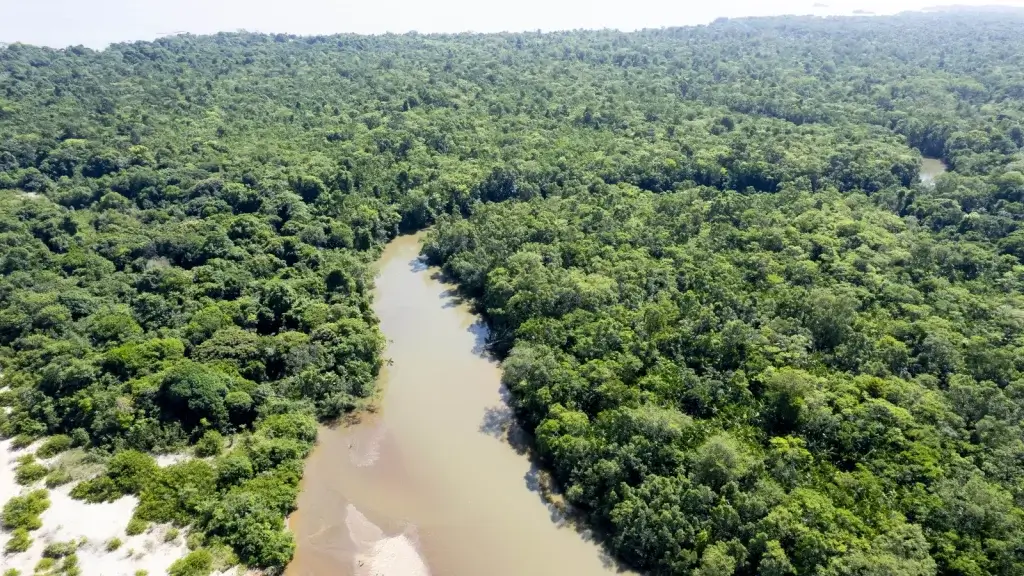
“They really are a goldmine,” says Robinson. Along with fossilised seeds and ceramic artefacts dating back thousands of years, there are microscopic clues to what the rainforest may have been like thousands of years ago. One example is faecal spherulites: tinycrystals found in animal dungthat hint at the kinds of animals that once roamed across the landscape – and defecated in it.


